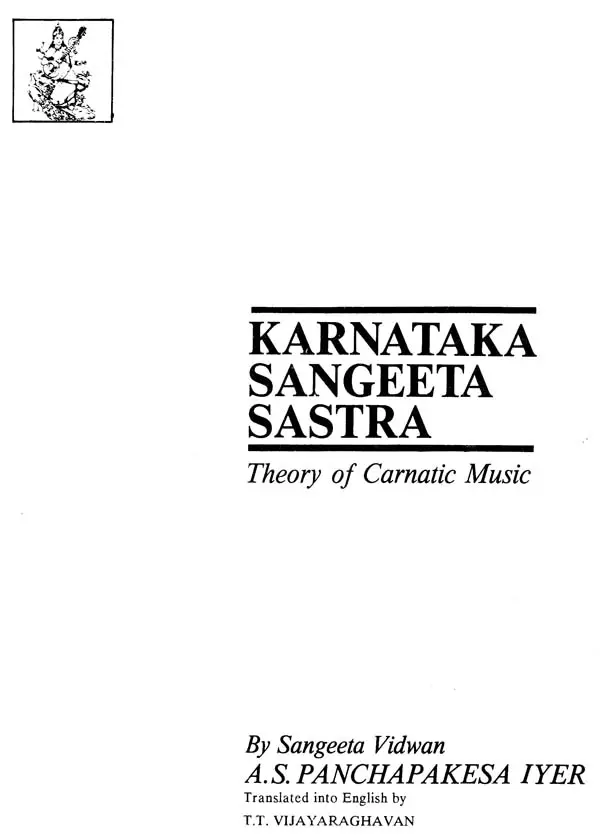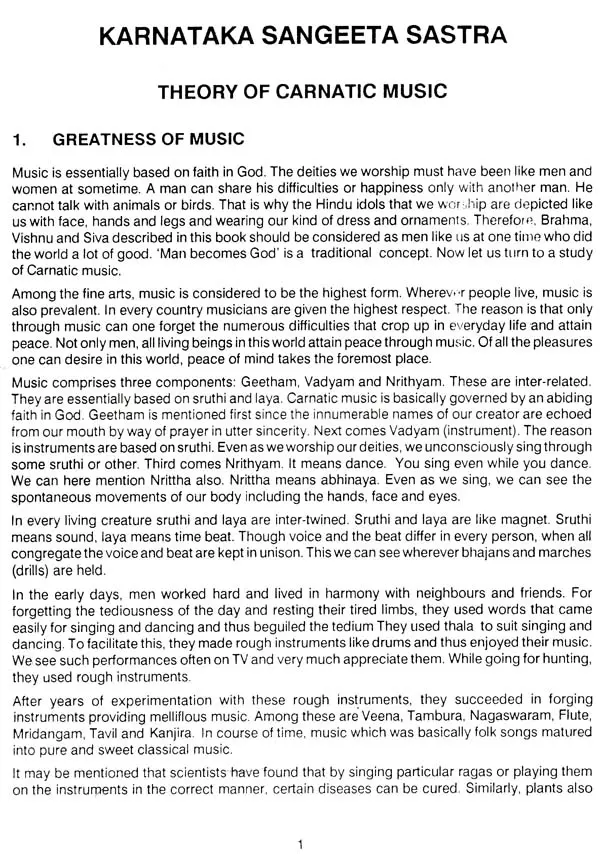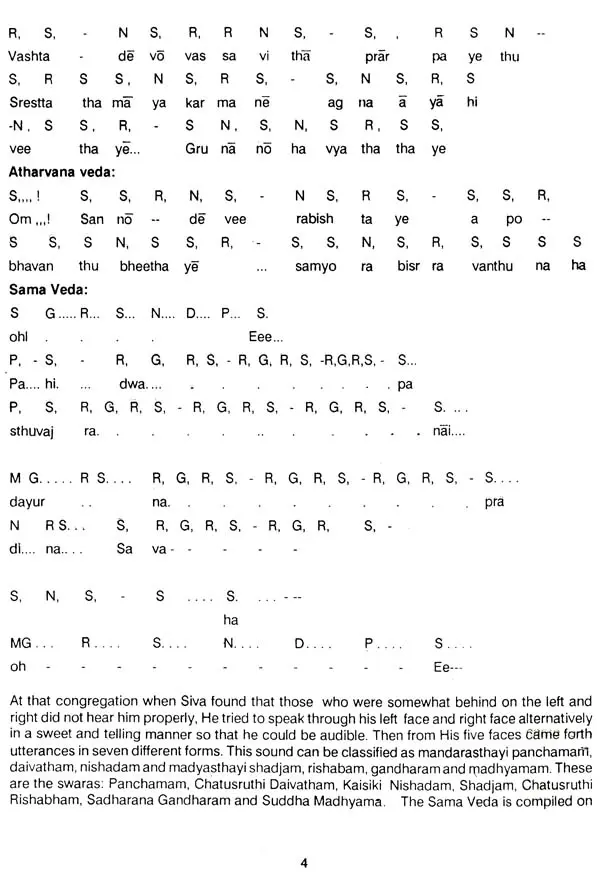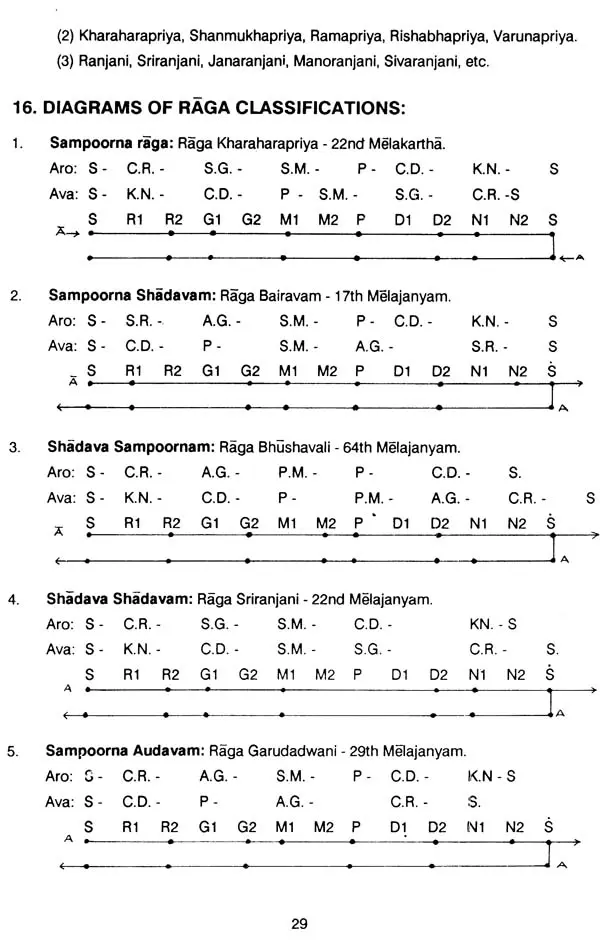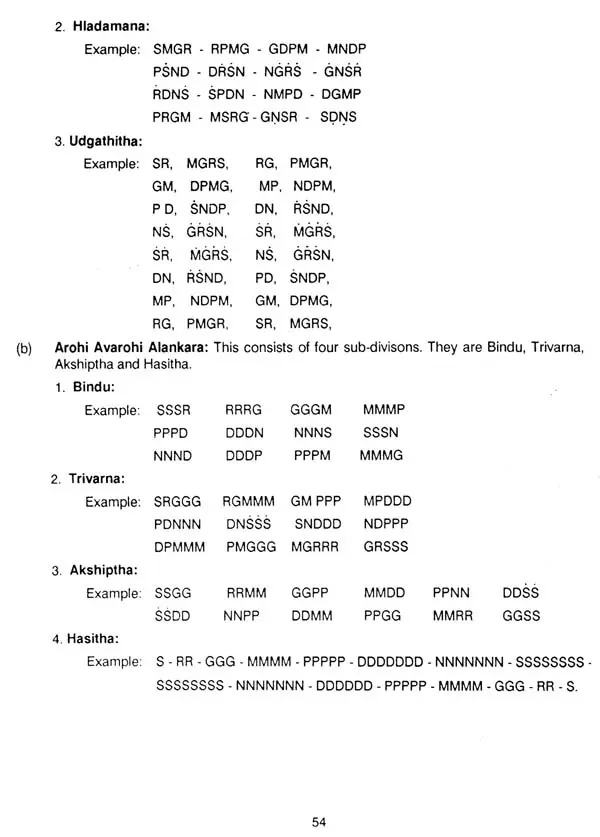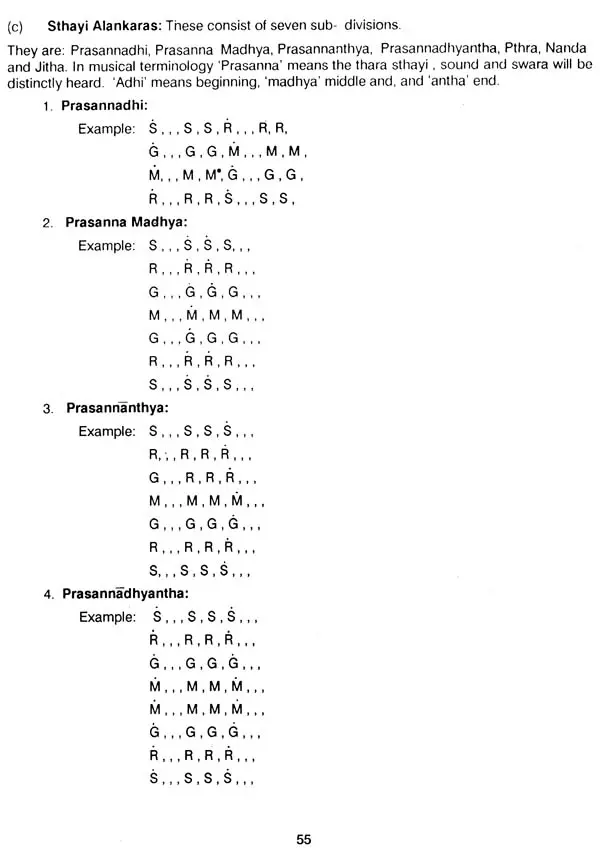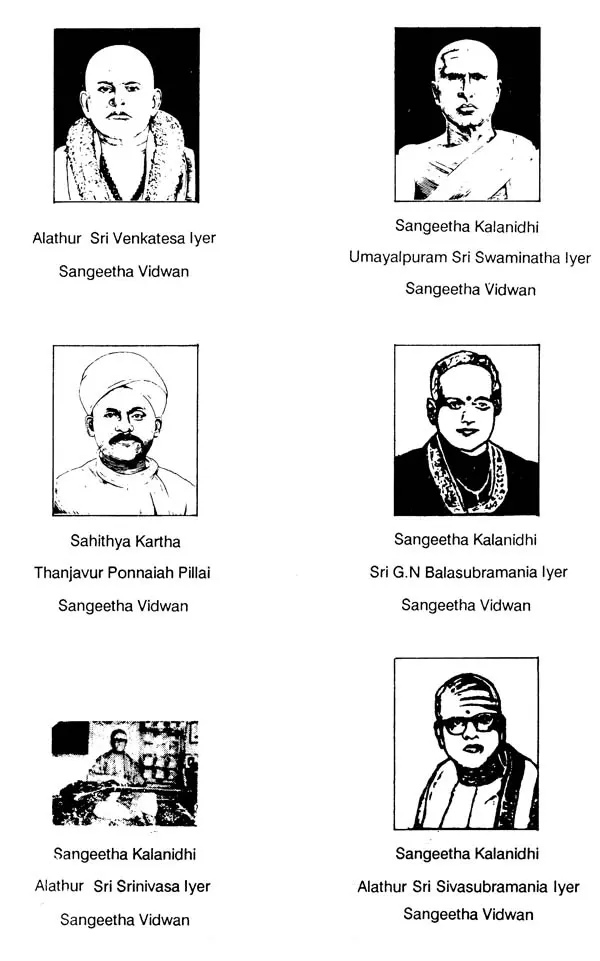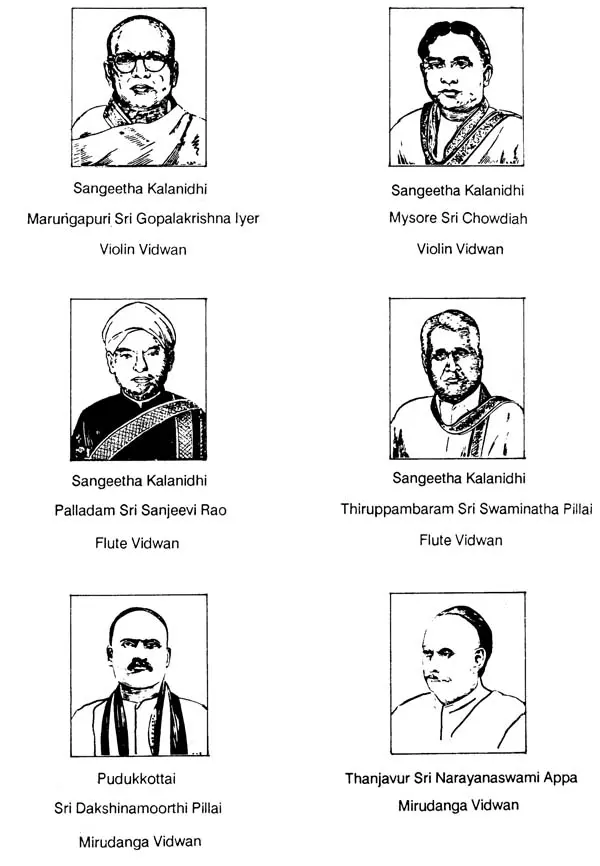
Karnataka Sangeeta Sastra (Theory of Carnatic Music)
Book Specification
| Item Code: | UAG440 |
| Author: | A. S. Panchapakesa Iyer |
| Publisher: | Ganamurtha Prachuram, Chennai |
| Language: | English |
| Edition: | 2008 |
| Pages: | 98 (20 B/W Illustrations) |
| Cover: | PAPERBACK |
| Other Details | 9.50 X 7.00 inch |
| Weight | 180 gm |
Book Description
Sri lyer comes from a musical family and is the brother of the late Sangita Kalanidhi Alattur Srinivasa lyer. He is not only a devoted teacher but also a musicologist who has published a large number of extremely useful books on Carnatic music. These include Ganamrita Varnal Malika, Kirtana Malika, Navagraha Ganamrutham and the Purandara Ganamrutham. He has also published books in English and Kannada.
The present book 'Karnataka Sangita Sastra' was originally written in Tamil and so great was lyer's enthusiasm that he wrote the entire book of 160 pages in his own handwriting and got it printed by the offset process.
The work covers the entire gamut of musical theory from a general article on Indian music to a detailed description of the various technical aspects of Carnatic music like Grama, Srutis, Tala, Raga lakshana, the 72 Melakartas and prominent composers who made their invaluable contribution to our music. As the original is in Tamil, an English translation was badly needed to make it reach a wider audience. I am happy that Sri T.T. Vijayaraghavan has rendered the original in flawless English with diagrams, charts and all. Many technical terms in Carnatic music are difficult to translate into English for want of a suitable vocabulary and I must congratulate Vijayaraghavan on his correct and extremely lucid translation of the Tamil original. His expertise has now made it possible for students and others not familiar with Tamil to benefit by Sri lyer's labours. The book is a notable addition to the existing literature on music in English and I hope that not only students but lovers of music also will avail themselves of this labour of love by Sri lyer and Vijayaraghavan.
I am, therefore, deeply grateful to my esteemed friend Sri T.T. Vijayaraghavan, journalist, former Senior Assistant Editor of The Economic Times and a fine rasika, for undertaking this task as a labour of love. He has not only rendered the English translation exceedingly well but has taken great pains to go through the proofs with meticulous care.
I must also express my heartfelt thanks to Sri T.T. Vasu, President of Music Academy, Madras, and a great patron of the fine arts, for writing an illuminating Foreword and to the venerable Sangeetha Kalanidhi, Dr. Sri Semmangudi R. Srinivasa lyer, doyen of Carnatic music, for writing an appreciation of my work. I cannot adequately express my gratitude to Shri V.V. Srivatsa, Business Executive, Vice-President , Mahindra Ugine Steel and a devoted musicologist for not only his commendation note and his valuable suggestions but also for his generous assistance which enabled this project to be completed early.
Finally, I must thank Sri. T.R. Varadarajan of Lavanya Prints most warmly for the cooperation and assistance he has extended in printing this book expeditiously. It is very fine gesture. I should also express my gratitude to my good friend Guru Kalyanasundaram for his association with this project.
I hope this book will be popular among students and lovers of Carnatic music and help in the promotion of Carnatic music, an endeavour in which I have engaged myself for the last five decades and more.
**Contents and Sample Pages**
